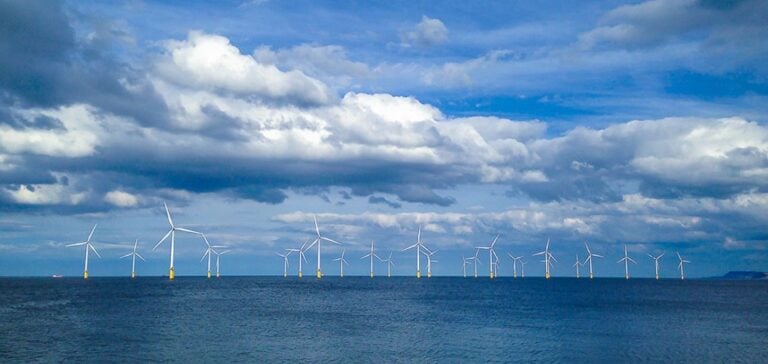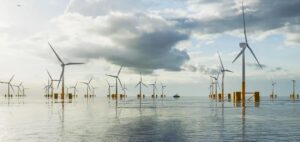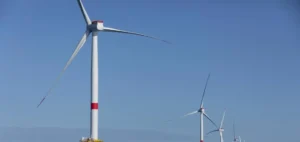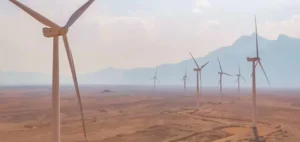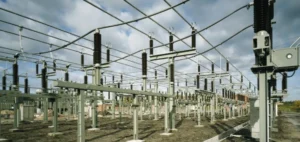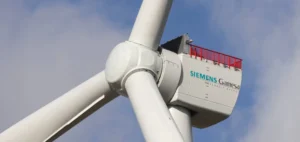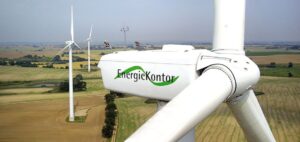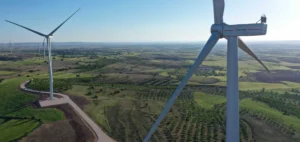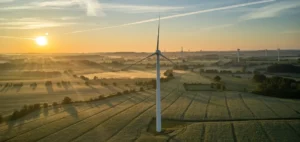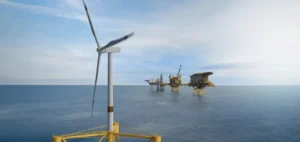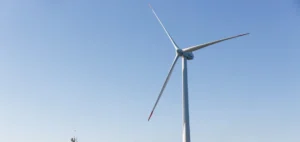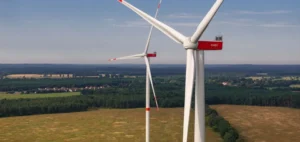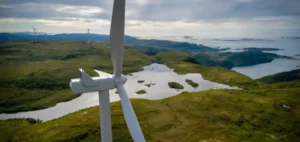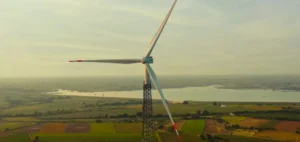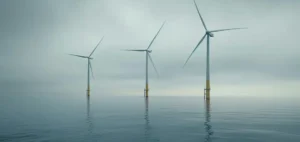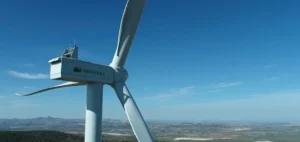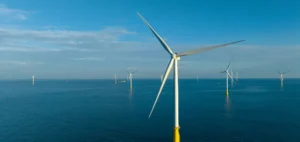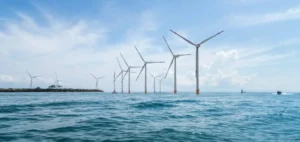Ørsted recently tested an innovative method for installing monopile foundations at the Gode Wind 3 site in Germany. This technology uses a patented jetting system that reduces ground resistance, allowing the foundations to sink without the need for traditional ramming techniques. The main advantage of this method is the reduction of underwater noise by 34 decibels, a significant advance for the industry.
Tests at Gode Wind 3 confirmed the effectiveness of this technology in reducing noise and optimizing installation costs. In addition to reducing noise pollution, this method means faster, less costly installations. The 11 MW turbines installed on these foundations should be operational later this year.
Financial and strategic impact
Ørsted’s adoption of this technology offers substantial financial advantages. Lower installation costs and shorter time-to-foundation translate into improved profit margins and accelerated return on investment for offshore wind projects. In addition, this method enables Ørsted to strengthen its competitive position in the global wind energy market.
This technological breakthrough could also pave the way for new strategic partnerships, making Ørsted’s offerings more attractive to its partners and customers. Widespread adoption of this technology could also positively influence investor perception and attract more capital to renewable energy projects.
Outlook for the wind energy industry
The success of this new method could encourage other players in the wind energy industry to adopt similar techniques, leading to a standardization of more efficient installation practices. This evolution could also stimulate innovation in the development of complementary technologies, such as automated monitoring and maintenance systems.
Reducing costs and improving operating efficiency are helping to make offshore wind power more competitive with other energy sources. This increased competitiveness could boost wind power’s market share and play a crucial role in the global energy transition.
This technological breakthrough marks an important milestone for Ørsted and the offshore wind industry, laying the foundations for sustainable growth and wider adoption of renewable energies.

